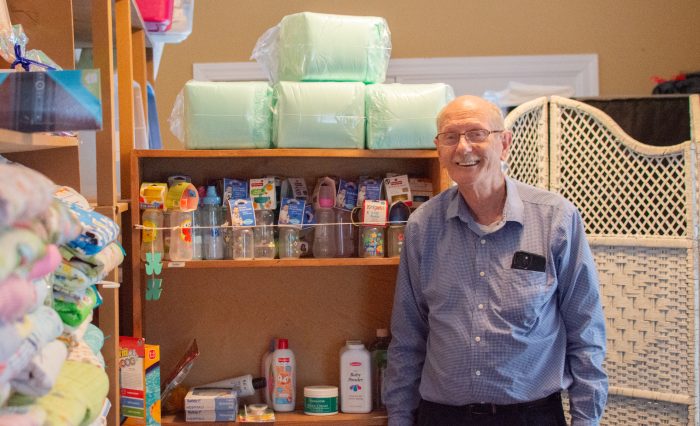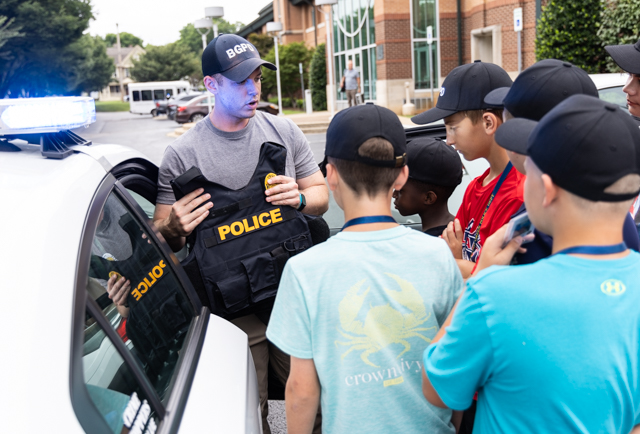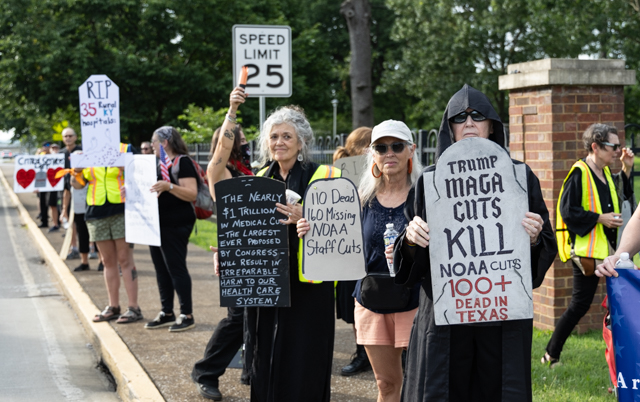Panelists advocate for preservation of Shake Rag’s history
Published 5:30 am Sunday, February 9, 2025
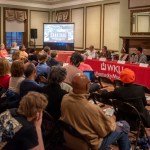
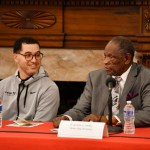
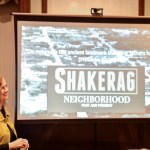

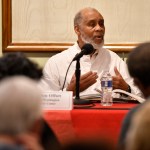
BY DAVID MAMARIL HOROWITZ
david.horowitz@bgdailynews.com
Black mothers in the ’40s would stand along Shake Rag’s street corners waiting for their children, Shake Rag native and resident Curtis Cosby recalled fondly. There was little telephone access — but, when the kids returned from school, these parents had already known of any misbehavior.
Trending
“There was a lot of closeness: The neighborhood raised the kids,” he said of the area — Chestnut Street and East Fifth Avenue to Kentucky Street and the Barren River. “The Shake Rag was a self-contained community.”
The predominantly Black neighborhood had numerous Black-owned businesses while serving as an entertainment district. Descendants of Civil War veterans made up a large portion of the population before it and other Black neighborhoods nationwide were largely razed and families were torn apart by the urban renewal movement. Today, it’s a fraction of the area and population it used to be.
“Sometimes, even when I do this, along with being hurt, it makes me angry, because … all the things that we try to do, and all the things that people before me tried to do, we see it being erased,” said George Washington Carver Center’s Don Offutt, who was born and raised in Shake Rag.
Cosby and Offutt spoke Thursday at a Kentucky Museum panel on how people perceive and understand the neighborhood; co-panelists included Shake Rag Barbershop owner Chris Page and Chasity Rodgers Dunn, a Shake Rag descendant, community organizer and board member of the African American Museum of Bowling Green. Nancy Richey, visual resources librarian at the Western Kentucky University Department of Library Special Collections, sat on the panel after presenting historical documents on the neighborhood, accessible at kencat.wku.edu, Top Scholar and Bowling Green’s African American Museum.
The event, moderated by Kentucky Museum Director Brent Bjorkman and sponsored by the Kentucky African American Heritage Commission, marked the museum’s 10th program of America 250, a series of programs and events that institutions across the U.S. are holding leading up to summer 2026 — the 250th anniversary of the Declaration of Independence.
Preservation of the neighborhood’s history was paramount to the panelists.
Trending
“We have to do what we have to do to keep the memories here, and to preserve the memories and to keep it going,” Rodgers Dunn said. “For the next generation, they have to know where we’re going. There’s a lot of changes going on within the world right now, and we just need to know who we are and where we came from, for the future, for our babies.”
War and removal
It was a community largely built following the Civil War, where 25,438 Black Kentuckians had enlisted in 15 infantry regiments for the Union Army, said Offutt, citing the book “Kentucky’s Black Heritage.”
Many returned to Bowling Green in what would become multiple predominantly Black neighborhoods, among others, Shake Rag, Jonesville, and Kenton Street, Offutt said.
These neighborhoods shared mutual values, families, institutions and businesses. And so, Offutt said, he asserts that they’re different geographical neighborhoods but were essentially one community. These cross-boundary relationships among the neighborhoods made the impacts of Jonesville’s razing to make room for WKU expansion particularly widespread across them, he added.
The panelists looked back on Shake Rag with a somber fondness. Cosby detailed the neighborhood from his childhood well — one where “everyone knew everybody,” with Black businesses that spanned everything from entertainment venues to doctors to lawyers to a cab company to an ice cream parlor.
“Nobody really had a lot — it didn’t really make a difference, because what you had, you was willing to share it anyway,” Page said.
Added Offutt, gesturing to a young Black boy before him in the audience, “The thing I’d like to see preserved is support for the Carver Center and the African American Museum and the young folk coming through — because that’s what’s important for this young man right here, to create and hold and maintain our history, our culture and our institutions, for our children, our … grandchildren that we’ll see and grandchildren that will never see.”







